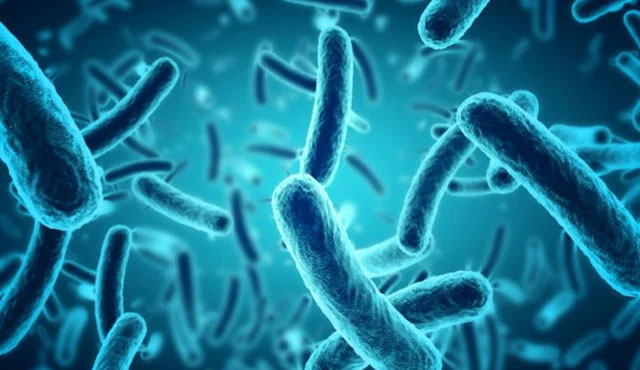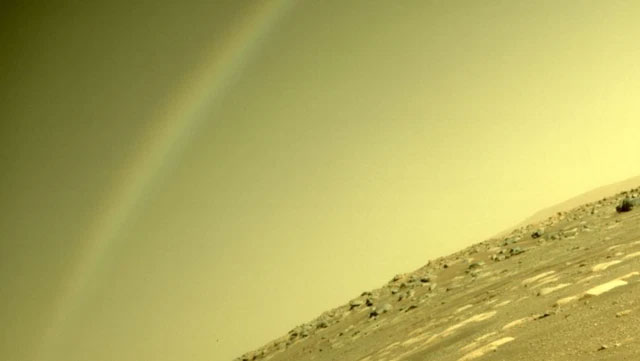One of the biggest challenges that NASA and any organization faces in the mission to send humans to Mars is providing essential supplies such as water, oxygen, and food. The current goal is to find ways to produce these items on the Red Planet itself, as this would help reduce the amount of cargo that needs to be transported from Earth to Mars. Thanks to bacteria, scientists may have found a solution to at least one of these issues with a new method to generate oxygen on Mars.
Bacteria Could Help Us Produce Oxygen on Mars

Cyanobacteria can produce oxygen on Mars.
NASA is researching technology that could allow us to breathe on Mars. However, scientists now want to take it a step further by producing oxygen on the planet itself.
Scientists first announced their findings in February 2021. In a press release, they emphasized the importance of sourcing critical consumables directly from Mars. When we set foot on the surface of this planet, sourcing these supplies from Earth will be very costly, especially in the long run.
However, with cyanobacteria, scientists believe they can generate oxygen on Mars, allowing us to breathe freely on the Red Planet.
“Cyanobacteria have long been targeted as candidates to support biological life in space missions, as all species produce oxygen through photosynthesis, while some can fix nitrogen in the atmosphere into nutrients,” the press release stated.
But what makes this type of bacteria so special? Essentially, all types of cyanobacteria use photosynthesis to produce oxygen from carbon dioxide. Additionally, these bacteria have been shown to be resilient, as they exist in some of the harshest environments on our planet. Because of these two factors, many believe they could be the key to humans producing oxygen on Mars.
Transforming Mars into a Suitable Environment for Bacteria

Cyanobacteria producing oxygen can be cultivated on Mars at low pressure. (Illustrative image).
However, before we can use cyanobacteria to produce oxygen on Mars, we must find ways to make them thrive there. While many believe they can survive in harsh environments, the atmosphere of Mars has less than 1% of the total pressure compared to Earth. Therefore, bacteria cannot grow directly in the atmosphere there. At the same time, creating an Earth-like atmosphere on Mars would be too costly.
This is why a group of scientists, including astrobiologist Cyprien Verseux, created a bioreactor called Atmos. This stands for Atmosphere Tester for Mars-bound Organic Systems, or “Atmospheric Tester for Mars-linked Organic Systems”. Atmos allows scientists to test and create atmospheric conditions similar to those on Mars. The goal is to determine which atmospheric conditions allow cyanobacteria to thrive most easily.
They can then use this information to make small changes to the atmosphere on Mars. This would enable cyanobacteria to grow under those conditions. The ultimate goal is to allow them to produce oxygen on Mars. They discovered that a particular type of cyanobacteria, Anabaena, thrived in all conditions of the experiment. Thus, researchers have demonstrated that oxygen-producing cyanobacteria can be cultivated on Mars at low pressure in controlled conditions.
Furthermore, the fact that they were able to show it could grow with “local materials” from Mars itself means that we would not need to “import” gas or any other materials to carry out the oxygen production process on this planet. Of course, there is still much work to be done before we can use these cyanobacteria to produce oxygen on Mars.
This may not be an immediate solution to make Mars habitable. However, scientists at least have a foundation to begin building upon.


















































